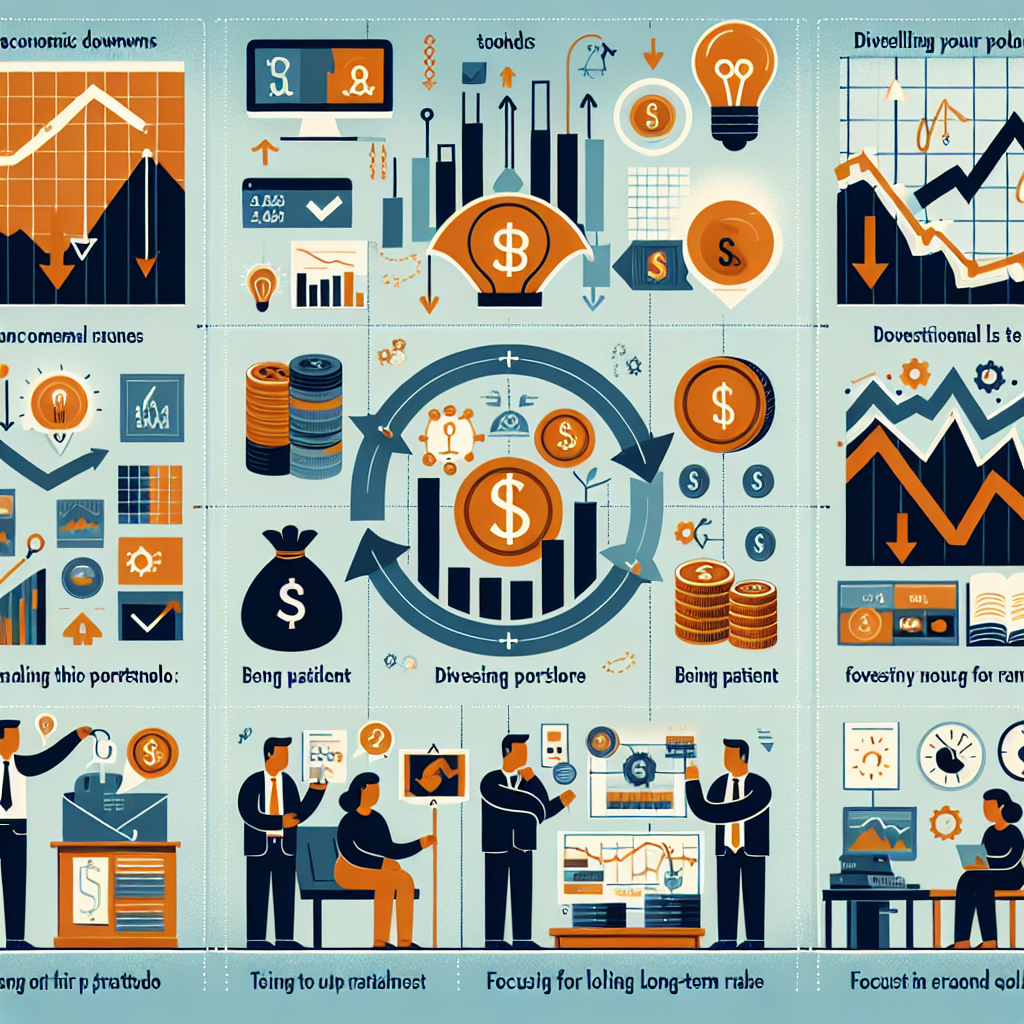
Understanding Economic Downturns
An economic downturn, often characterized by a decline in the GDP, rising unemployment, and faltering business confidence, presents both challenges and opportunities for investors. The initial reaction might be to sell off investments in a bid to cut losses, but historical data suggests that downturns, while challenging, can also offer unique investment opportunities. Recognizing how to navigate the investment landscape during these times is crucial for both preserving and potentially growing your wealth.
Strategies for Investing During Downturns
Investing during an economic downturn requires a carefully crafted strategy that takes into account the increased market volatility and uncertainty. Below are proven strategies that can guide investors looking to navigate these challenging times.
Focus on Quality
Invest in companies with strong balance sheets, low debt, and consistent cash flow. These businesses are more likely to weather the economic storm and emerge stronger. Quality companies often have a competitive advantage in their sector, a strong brand, and the ability to generate revenue even in a downturn.
Diversify Your Investments
Diversification remains a key strategy, regardless of economic conditions. During downturns, it’s even more critical to spread investments across different asset classes (stocks, bonds, real estate, etc.) and within those asset classes to mitigate risk.
Look for Counter-Cyclical Investments
Some sectors or companies perform well even when the broader economy is suffering. These include utilities, consumer staples, and healthcare. Investing in these areas can provide a hedge against economic downturns.
Consider Dollar-Cost Averaging
Dollar-cost averaging (DCA) involves investing a fixed amount of money at regular intervals, regardless of the asset’s price. This strategy can be particularly effective in a downturn, as it allows investors to buy more shares when prices are low and less when prices are high, potentially lowering the average cost per share over time.
Embrace Patience and Long-Term Thinking
It’s imperative to maintain a long-term perspective during economic downturns. History has shown that markets have the potential to recover and grow over time, and decisions made in haste during downturns can jeopardize long-term investment goals.
What to Avoid During an Economic Downturn
Just as there are strategies to adopt, there are also pitfalls to avoid during economic downturns.
Panic Selling
One of the most common mistakes is selling assets in a panic, which can lock in losses and preclude participation in the inevitable recovery. Keeping a cool head and adhering to a well-considered investment strategy is vital.
Ignoring Risk Management
Failing to manage risk appropriately can lead to outsized losses. It’s crucial to reassess your risk tolerance and adjust your investment portfolio accordingly, rather than seeking high returns without regard for potential downsides.
Overconcentration in High-Risk Investments
While it might be tempting to “bet big” on certain investments with the hope of achieving substantial returns, this can lead to significant losses, especially in volatile markets. Maintaining a balanced and diversified portfolio is key.
Conclusion
Investing during an economic downturn can be daunting, but by focusing on quality, diversifying investments, and maintaining a long-term perspective, it’s possible to navigate these challenging times successfully. Avoiding panic selling and overconcentration in high-risk investments are also crucial in preserving capital. With careful planning and strategic action, investors can emerge from downturns in a strong financial position.






